The items that need to be checked in the early stage of thread embedding weight loss include body mass index (BMI), blood sugar, blood lipids, liver function, kidney function, etc., to ensure that the physical condition is suitable for thread embedding weight loss. Thread embedding weight loss is a weight loss method that regulates metabolism through acupoint stimulation. Pre examination is crucial to eliminate contraindications and ensure safety and effectiveness.
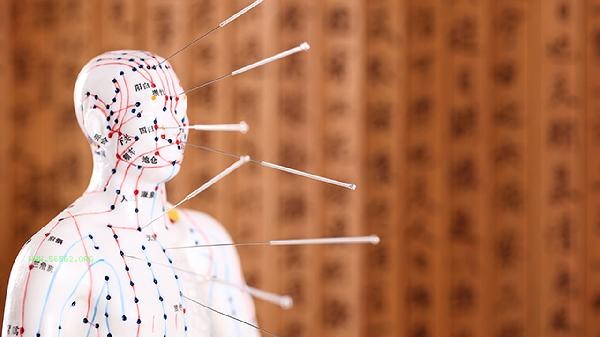
1. Body Mass Index (BMI): BMI is an important indicator for measuring whether one's weight is healthy, and the calculation formula is weight in kilograms divided by the square of height in meters. Thread embedding weight loss is suitable for overweight or obese individuals with a BMI greater than 24, but a BMI that is too high or too low may not be suitable for this method. Through BMI examination, doctors can assess whether it is suitable for thread embedding weight loss.
2. Blood sugar: Abnormal blood sugar levels may affect the effectiveness and safety of thread embedding weight loss. Patients with hyperglycemia or diabetes need special attention, because catgut embedding may affect blood glucose regulation. Fasting blood glucose and postprandial blood glucose can be used to assess whether there is diabetes or abnormal blood glucose metabolism.
3. Blood lipids: Abnormal blood lipids are a common health problem among obese individuals, and weight loss through thread embedding may have a certain regulatory effect on blood lipid metabolism. By examining total cholesterol, low-density lipoprotein (LDL), high-density lipoprotein (HDL), and triglycerides, cardiovascular health status can be evaluated and hyperlipidemia can be ruled out.
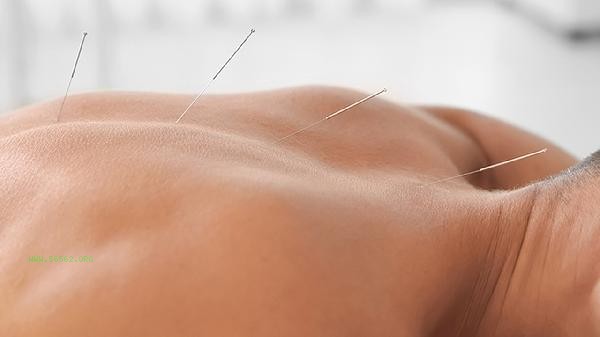
4. Liver function: The liver is an important organ for metabolism, and weight loss through thread embedding may have a certain impact on liver function. By examining indicators such as alanine aminotransferase (ALT) and aspartate aminotransferase (AST), liver health can be evaluated and diseases such as hepatitis and fatty liver can be ruled out.
5. Renal function: The kidneys are important organs for excreting metabolic waste, and weight loss through thread embedding may have a certain impact on renal function. By examining indicators such as blood creatinine and urea nitrogen, kidney function can be evaluated and diseases such as renal insufficiency can be ruled out.
6. Other examinations: Depending on individual circumstances, doctors may recommend conducting electrocardiograms, thyroid function tests, coagulation function tests, etc. to ensure the safety and effectiveness of thread embedding weight loss. For example, thyroid dysfunction may affect metabolism, and coagulation dysfunction may increase the risk of bleeding. Pre examination of thread embedding for weight loss is an important step to ensure safety and effectiveness. Through comprehensive physical examination, contraindications can be eliminated and personalized weight loss plans can be developed. Although thread embedding for weight loss is a relatively safe method, it is not suitable for everyone. It is recommended to undergo it under the guidance of a professional doctor and adjust the treatment plan based on the examination results. The effect of thread embedding for weight loss varies from person to person, and comprehensive measures such as diet control and moderate exercise are needed to achieve the desired weight loss effect. Regular check ups are necessary after thread embedding for weight loss to monitor changes in the body and ensure healthy weight loss.
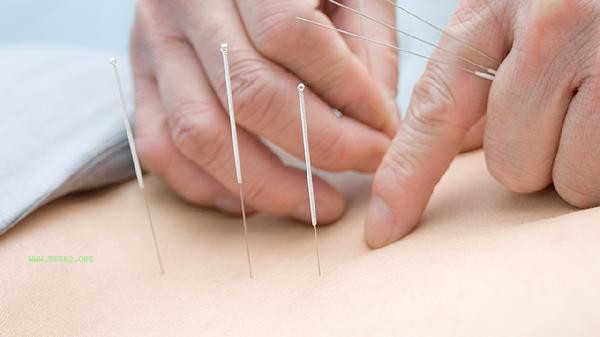

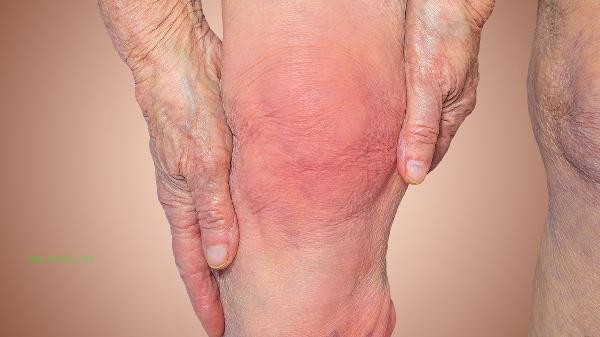
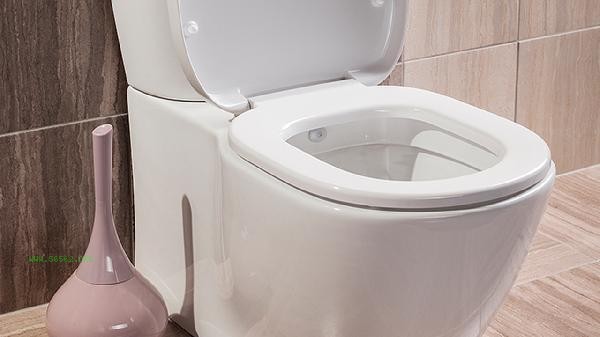
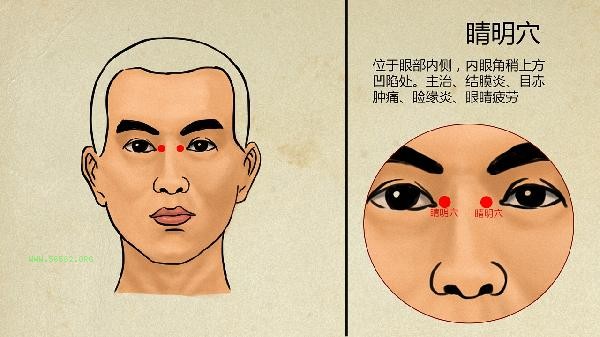

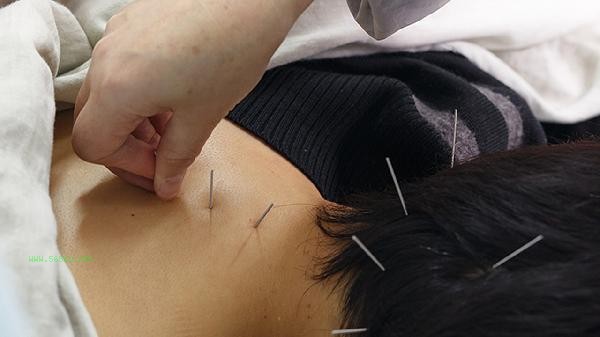


Comments (0)
Leave a Comment
No comments yet
Be the first to share your thoughts!